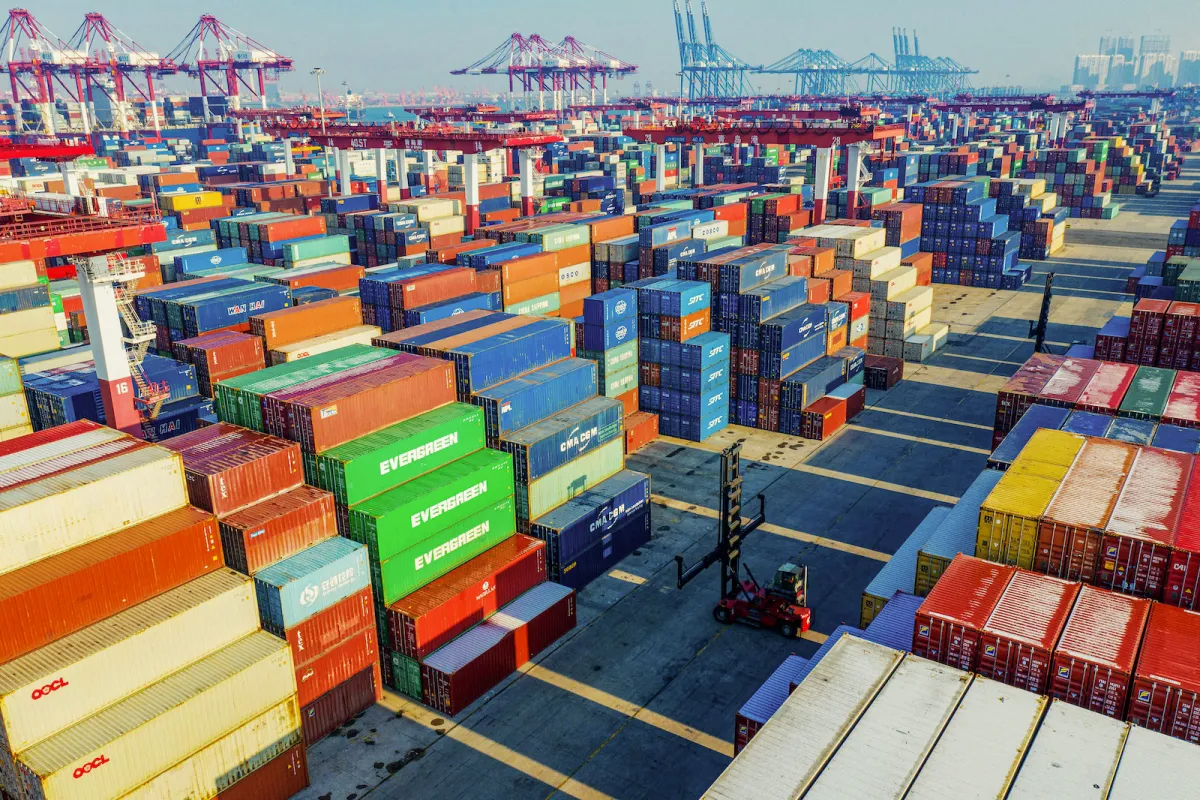Antarctica’s Ross Ice Shelf, a key barrier against glacial melt and rising seas, reacts sharply to slight warming, as per a recent Nature Communications study.
Historical Shifts
A mere 0.5°C ocean temperature rise thousands of years ago caused significant thinning and retreat of the Ross Ice Shelf, challenging prior assumptions about its stability.
Oceanic Conveyor Belt
Dr. Daniel Lowry from GNS Science in New Zealand, a study coauthor, attributes the shelf’s stability to a natural oceanic conveyor belt. Cold air creates sea ice, ejecting salt to form a dense, cold layer that blocks warm water intrusion.
Disrupted Balance
Even a minor ocean warming of 0.4 to 0.5°C could upset this balance, reducing sea ice formation and allowing warmer water beneath the shelf, potentially leading to a substantial sea level rise from the vast ice reserves.
Read More: TikTok might be Banned: Here’s Exploring 5 Alternative Platforms
Warning Signs
Dr. Christina Hulbe, a glaciologist at the University of Otago, highlights recent ocean temperature spikes near Antarctica as concerning. Decreased sea ice, especially near the Ross Ice Shelf, and slowed cold waterfalls to the Antarctic seafloor indicate a shift from stability to vulnerability.
Urgent Action Needed
This study stresses the imperative for ongoing monitoring and research into Antarctica’s ice shelves. Their stability is paramount for lessening climate change’s impact on global sea levels.













